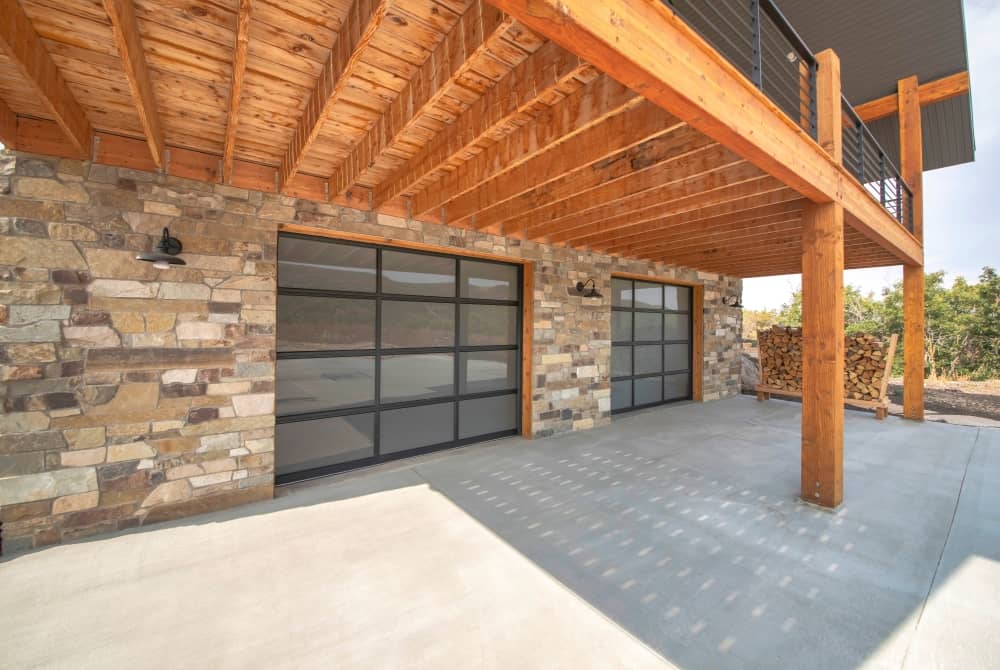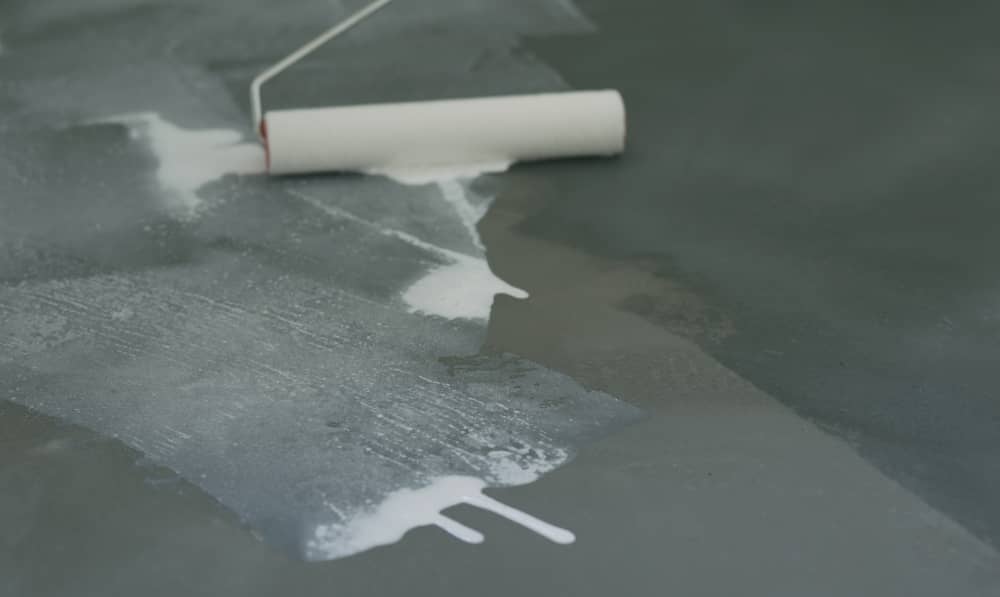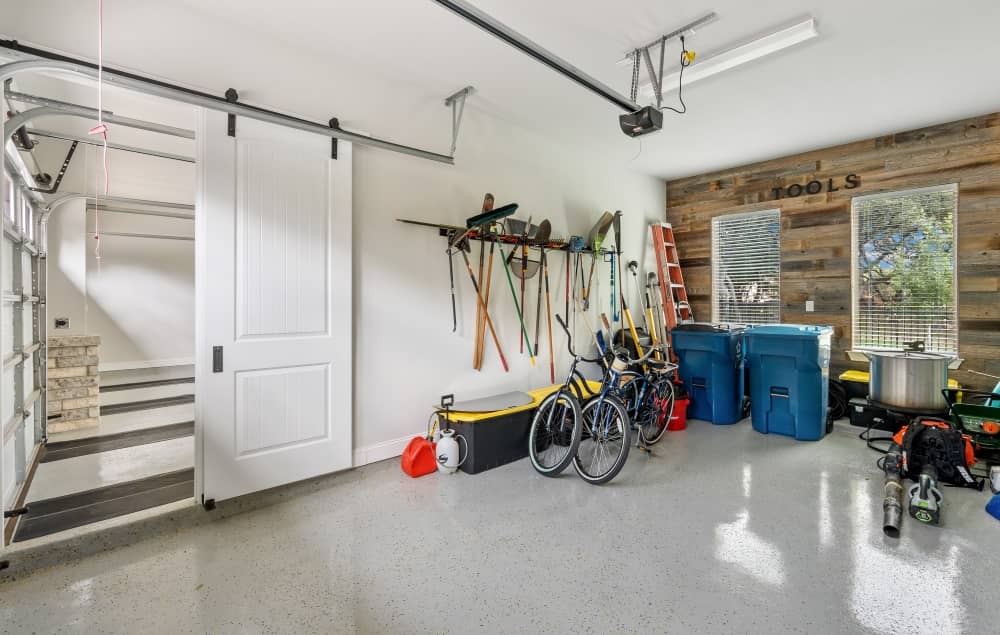Concrete is a sturdy, hard-wearing construction material whose lifespan, durability, and appearance can be preserved with a sealer. Concrete sealers are vital in maintaining concrete surfaces, such as driveways, patios, and pathways. Sealing concrete can effectively protect the surface from weathering, stains, and other forms of damage.
However, like everything good in this world, sealers do not last forever. The benefits can only be sustained for a specific duration, even with proper and regular maintenance. Therefore, reapplication of a concrete sealer on a concrete surface is a must.
But how often should you do it? In general, it is recommended that you reseal concrete once every two to five years, depending on specific factors. We discuss these factors in this blog, along with the tell-tale signs that the surface needs to be sealed again and tips on how to do it successfully.
Factors That Affect How Often Concrete Needs to be Sealed
The frequency of concrete surface cleaning depends on several factors, including:
- Climate: Perth homes are more often than not exposed to intense sunlight. If you live where there’s heavy rain, snow, or severe temperature fluctuations, you may have to seal concrete every two years.
- Area Usage and Traffic: Surfaces receiving heavy foot or vehicle traffic, such as entranceways, driveways, and garages, wear down faster – even when sealed. For this reason, you will need to seal more frequently than areas in the house with lighter use.
- Concrete Condition: Is the surface more porous than normal? Perhaps it is fading in colour, or you observe that it no longer repels water as much as it used to. These signs tell you it’s time to reseal soon.
- Type of Sealer: Various sealer types are available, which will help you dictate the frequency of sealing concrete. You can refer to the product’s manual or take note of the kind of sealer you have.
Note that you should not seal the concrete surface if you see cracks. Such damage should be repaired first before resealing.
Reapplication Guidelines for Different Sealer Types
As mentioned above, the type of sealer affects how often to reseal concrete surfaces. The following will guide you on the most common sealer types and their expected lifespan:
- Acrylic-Based Sealers: Affordable and easy to apply, this sealer is a good choice for DIYers. However, expect little on their lifespan as acrylic-based sealers tend to wear out faster than other types. You may have to reseal every two to three years, sometimes yearly, if the area receives high foot or vehicle traffic and is exposed to harsh elements.
- Epoxy Sealers: If you need to seal high-traffic areas, choose epoxy sealers. They are durable and can resist stains, abrasions, and chemicals. These sealers can last five to 10 years, depending on the formulation and quality.
- Penetrating Sealers: This type of sealer is aptly named as it penetrates the concrete, giving you long-lasting protection. Penetrating sealers, such as lithium-based, siloxane, and silane, are great for residential home use as they are not as expensive as epoxy sealers. Depending on the product, maintenance, and area, this sealer requires reapplication every three to seven years.
- Polyurethane Coatings: Similar to epoxy sealers, polyurethane coatings also last long, requiring reapplication once every five to 10 years.
The timelines above are merely estimates. You must consult the sealer’s manual or a professional to make it easier. Also, consider environmental conditions, area use, chemical exposure, and UV radiation, among others, when determining whether it is time to reseal the concrete surface.
Common Signs That Your Concrete Needs to be Resealed
Sometimes, you do not have to wait two, three, or more years to reseal concrete. Certain signs tell you it’s time to reapply your concrete sealer, so be on the lookout for the following:
- Quick Water Absorption: If you notice that water is quickly absorbed or the surface darkens within minutes, the sealer no longer provides concrete with an effective barrier and therefore requires reapplication.
- Discolouration or Fading: If the surface colour starts fading or has become uneven, it’s time to reseal to restore its vibrancy.
- Staining: You will most likely observe this symptom in your driveway, whose surface may have become more susceptible to oil stains, grease, and other chemicals.
- Cracks and Other Damage: As with stains, concrete will crack much faster when unsealed and can lead to even more damage. Once again, you must address the cracks, chips, or abrasions before resealing.
- Less Glossy: Newly sealed concrete is glossy. If the surface has become dull, your sealer may have worn off. Restore it to your desired sheen by reapplying a sealer.
- Increased Roughness: Sealed concrete should be smooth and non-porous. If it has become rough, it’s telling you to reseal the concrete immediately.
How long has it been since you sealed the concrete surface? It may be time to reapply if it has been at least a year and you see some of the signs listed above.
Strategies for Applying a New Coat of Sealer
Are you ready to reseal your concrete? Here are the steps that you need to follow for a long-lasting result:
- Before application, ensure that the weather conditions are suitable for the task. Resealing should not be done when it’s scorching or the area is exposed to direct sunlight. Avoid resealing when it’s windy, or there’s high humidity, as well, as these conditions can affect the curing process of the product.
- Prepare the surface by thoroughly cleaning it. You must also remove the previous coating, which will interfere with the new sealer’s adhesion. You can use a chemical stripper or commercial sealer stripper, depending on the sealer you used previously.
- Once the previous coating is removed and the surface is clean, it’s time to repair any damage. Fill in any cracks with a repair material, leaving time for the product to cure before proceeding to the next step.
- Apply the sealer thinly and evenly to avoid bubbling, uneven drying, and other issues. By this time, you should have already read the manufacturer’s instructions. Hence, you know the recommended tools, drying times, and other specifications.
- Let the product dry and cure, ensuring no foot or vehicle traffic for a specific amount of time, as recommended by the manufacturer.
Depending on the level of use of the area you’re resealing, you may have to apply anti-slip and UV stabilisers to protect the surface further.
Tips for Properly Maintaining Concrete Sealer
Even when the sealer has cured, and the surface is ready for regular use, your job is not finished. You still have to maintain the sealer to ensure its longevity. Thankfully, maintenance practices are generally quick and easy, including:
- Cleaning regularly with a mild detergent, water, and a mop or soft-bristle brush
- Avoiding any harsh chemicals and abrasive products
- Removing stains immediately by blotting them with a gentle cleaning solution
- Avoiding chemical damage, such as acids and harsh solvents
- Protecting against heavy impacts
- Avoiding dragging heavy furniture and using furniture pads to prevent scratching the surface
Consistent concrete sealer maintenance is necessary to keep the surface glossy, functional, and long-lasting. Regularly applying the sealer based on the recommendation above will allow you to have a protective barrier against moisture so it does not penetrate the concrete. This enhances the material’s durability, lifespan, and stain resistance.
If you’re unsure of proper sealer maintenance or need to fix and reseal concrete, seek professional advice. Contact our specialists to get a new and improved concrete surface for your home.








